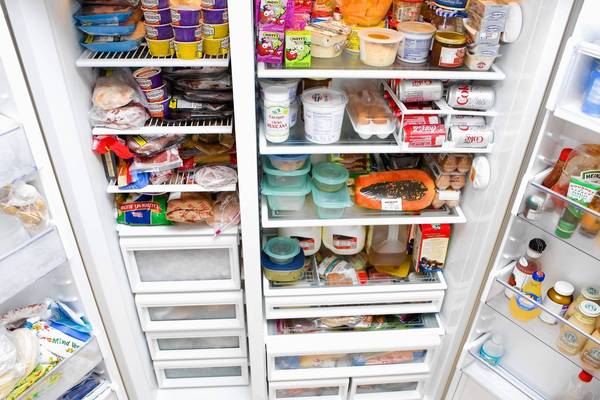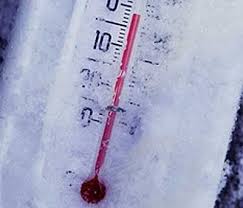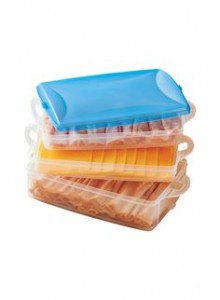Eating cold cuts may increase your chances of ingesting Listeria. Listeria is a bacteria that causes meningitis, encephalitis and sepsis. It is usually found in store meats and, more particularly, deli meats.
When Listeria enters the human body, it will get a bacterial infection called listeriosis. People with listeriosis manifest fever, vomiting, nausea and stomach pains. If untreated, the infection can lead to meningitis. Treatment is normally done through IV antibiotics while confined in a hospital.
The sure way of avoiding eating contaminated food should start from the moment you purchase your cold cuts. Here are ways to ensure this according to the USDA.
Shop wisely
When shopping for deli meat, make sure that the meat you are buying is frozen and not thawed. Check the expiration dates and make sure that what you’re buying is not passed the “consume by” date. Inspect the packaging for any leaks or tearing. Best to buy perishables last, after you have availed of all the items in your shopping list.
If you are buying in large portions and cook on different days, buy the meat in smaller packs and weights. This is so you will avoid thawing and re-freezing.
Store properly at freezing temperature
Frozen and deli meats should be stored two hours from purchase. To ensure that the meat will last for a month, make sure that the freezer is at freezing point. If you choose to refrigerate, meats should be consumed within the next three days. Throw out any refrigerated leftovers and do not consume. Beef or lamb should not be cooked if it is in storage for more than five days.
Frozen meat should always be wrapped securely in the freezer. This is to protect it from leaking to other items in the freezer.
Thaw in the right manner
Thawing in the refrigerator is a slow process. If you wish to leave the frozen meat in the fridge, make sure that the meat is in a container, and it will not drip onto other food. Thawing with tap water is quicker. Make sure that the meat is in a sealed plastic bag and change the water every half an hour.
You can also thaw by microwave. Make sure to cook immediately after thawing. Do not thaw large portions of meat and re-freeze.
Cook in the proper temperatures
Cooking meats should always be within the recommended temperatures. The right cooking temperature will depend on the type of meat is used.
Chicken and turkey should be cooked at a minimum of 165 degrees Fahrenheit. Ground pork, beef and lamb should not be cooked lower than 145 degrees. Pork, beef, and veal steaks should also be cooked at a minimum of 145 degrees.
Temperatures should be measured with a food thermometer. All food should be put at rest for a minimum of 3 minutes.
Reheat well
Reheating cooked food should also be performed in the right temperature. Make sure that the temperature of the dish is not below 165 degrees. If food is left out more than two hours, discard completely. Reheating should be done properly because cooked dishes become breeding grounds for bacteria.
If you plan to stock up on food, place the cooked dish in a shallow container and freeze or refrigerate immediately after cooking. Most prepared food should be consumed not later than 4 days.
Store deli meats within recommended periods
Unless specified, cold cuts are best to be kept frozen. Cooked ham, if kept frozen, can still be consumed before two months. Ham should be packed and unopened. If the seal is already broken, the ham is only good for 4 days.
For ground fresh chicken or turkey, if unopened, storage time is usually until 9 months in the freezer. Chicken nuggets will last for 3 months if frozen.
Lunch meats like sausages and hotdogs will last for a month or two. These meats should be put in vacuum sealed containers and kept in the freezer.
Meats from Walmart and Kroger are well prepared and packaged. Make sure to buy your meats in quality and clean delis to make sure that all your items are stored within the USDA recommended periods.
All food, from fresh deli meats to vegetables and fish, should be stored properly to ensure that consumers will not be infected by bacteria. It is the consumers’ task to follow USDA guidelines in food preparation and storing. The consumers’ well-being is a responsibility of all who are involved in food, and not just a responsibility left on the government’s shoulders.




